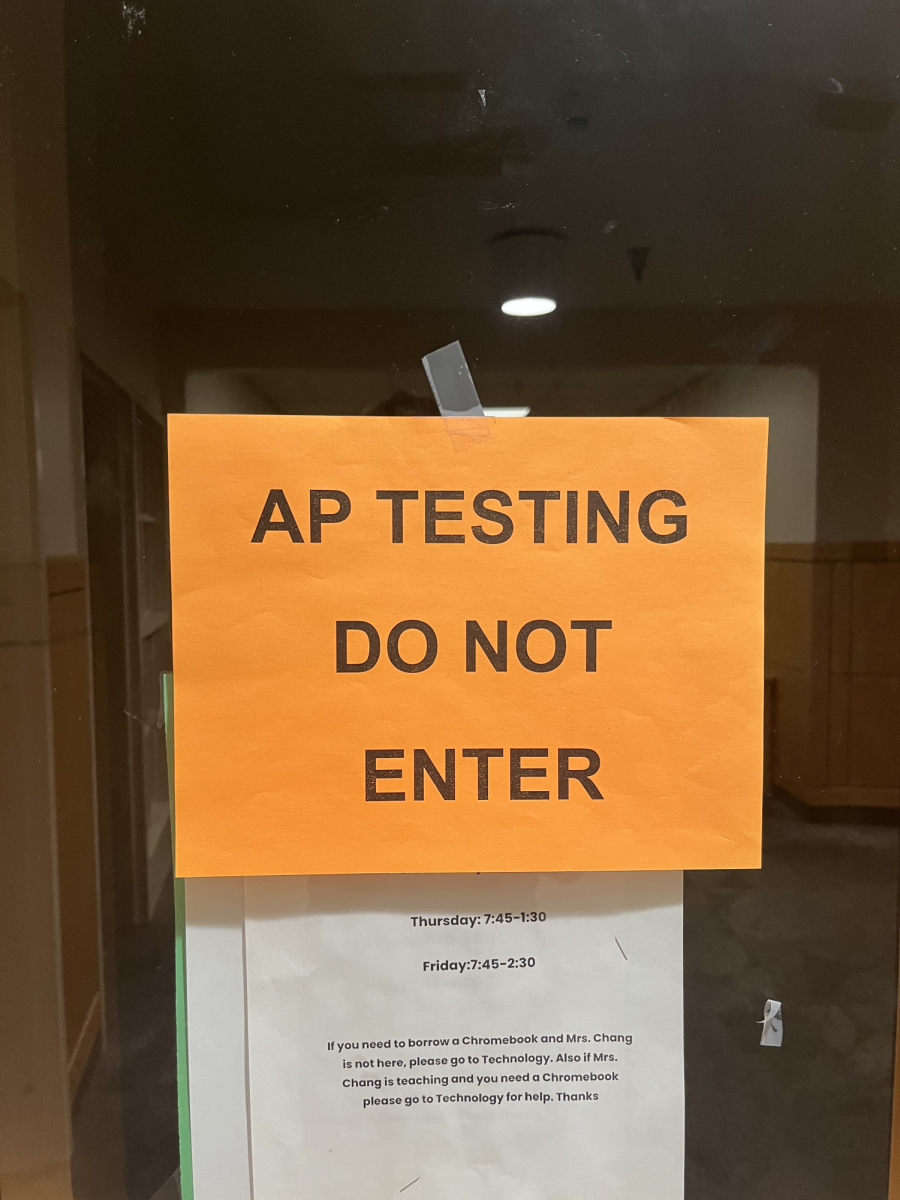When wandering around the hallways of Ipswich High School, it is not uncommon to find students and teachers scattered about in areas outside of the classroom. Whether it is undisturbed and productive or loud and lively, residents of IHS certainly take advantage of environments beyond just the classroom.
Ipswich High School is unique in that it is not structured grid-style, with classrooms lined up and down the hallways. Instead, the classrooms form a circle around large common areas, which we call “ pods.” There are three pods in the school, each surrounded by eight classrooms. The single pod downstairs is “Lower B,” and the two pods upstairs are “Upper B” and “A.”
To gather a general consensus on opinions about the pods, we interviewed teachers from each pod to get their perspectives on culture and pod use.
Most of the debate over those who are supporters of the pods and those who aren’t stems from peoples’ opinions on the productivity levels observed from those who work in the pod. English teacher Mr. Wood, whose room is located in the Upper B pod, claims that one major limitation that he has noticed with students who work in the pod is that “only so many people are productive.” Likewise, senior Lucy McLean notes that her personal productivity level while in the pod is heavily dependent on the day, and what type of mood she’s in. If a student is feeling particularly motivated and needs to focus without distractions that can be found within the classroom, then the pods are a great option, but on the contrary, they can also generate a decrease in productivity for many students. Mr. Ames, a history teacher in the Lower B pod, claims that AP and honors students are usually good with the pods, while other students are sometimes found not doing any work at all. Depending on the students and the type of class, behaviors and productivity levels in the pod can vary.
Along with being great places for students to work independently, the pods also provide enough space for small and large group tasks. Some teachers will take advantage of the pods’ openness and incorporate activities into their teaching plans that require lots of space to move around. Mr. Ames notes that the pods are “good for spreading out” and “doing group projects.” Papers can be found all over the walls in Lower B, as many history teachers have their students walk around to each “station” to analyze different documents. World language classes, which are located in Upper B, often use the space to play large games of Quizlet Live or perform speaking assessments, in which sometimes teachers will “request the [pod] for a whole class period,” says Mr. Wood. While observers will typically find the Upper and Lower B pods bustling with students, activity and chatter, the same cannot always be said for the A pod. Ms. Chandler, a chemistry teacher in the A pod, says that the nature of her, and possibly the other math and science teachers in the A pod, teaching does “not require lots of pod use.” She also notes that her classroom, along with two other science rooms in the A pod, is larger than the other academic classrooms in the building, so students typically don’t need to use the pod because they can spread out within the classroom.
While the topic of pods and the continued utilization of them by the student body is a slightly controversial topic at IHS, many teachers and students are supportive of maintaining the implementation and usage of them. When asked if he would eliminate the use of pods, Mr. Wood states that while he’s fairly neutral on the topic in general, he would not get rid of the pods, as they play an important role in school culture. They are unique and special to Ipswich High School, and ultimately, appreciated by many.






